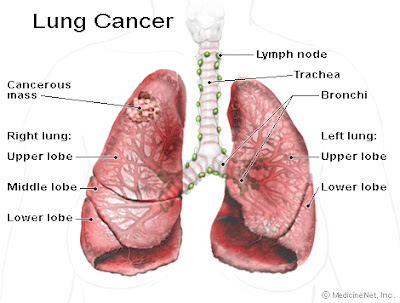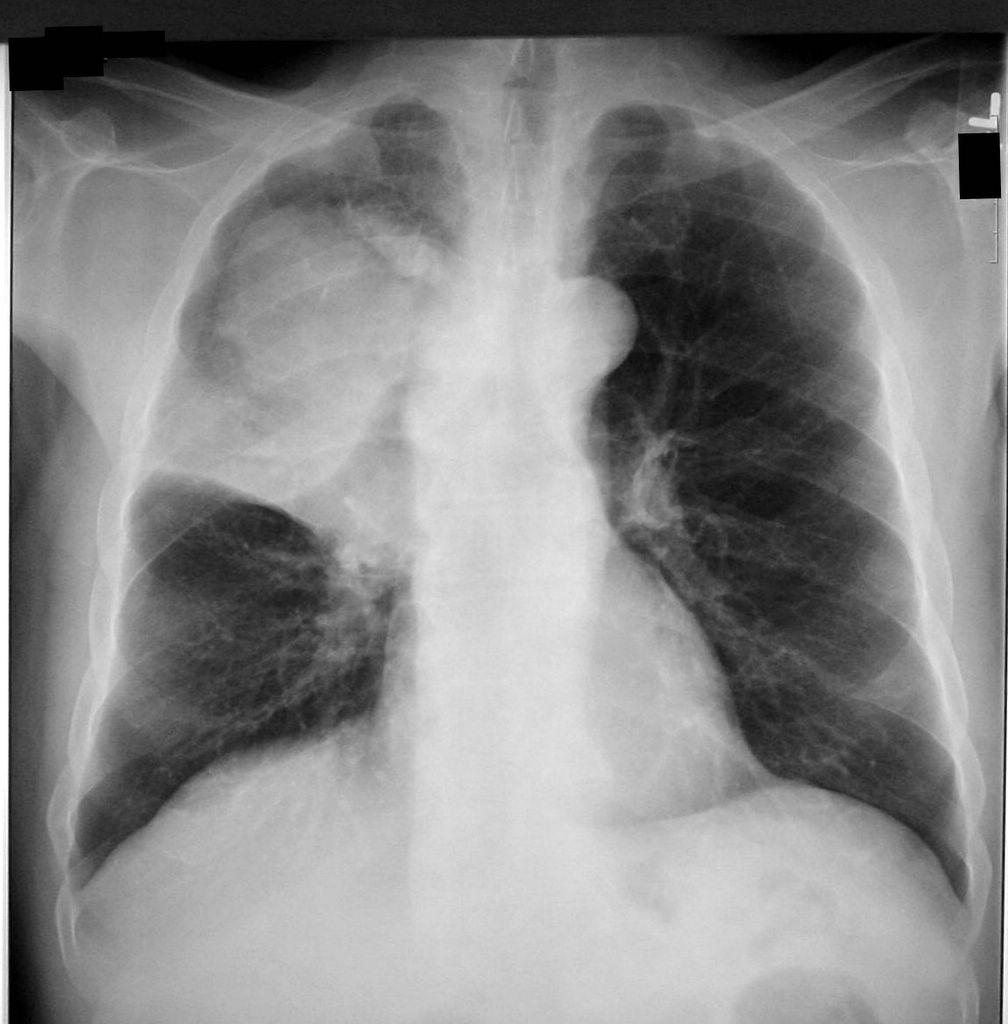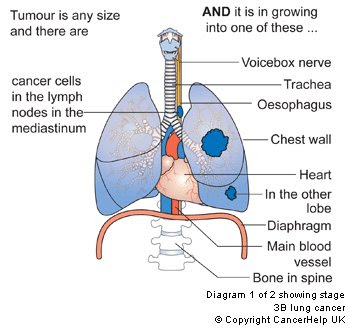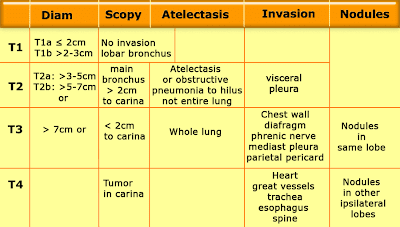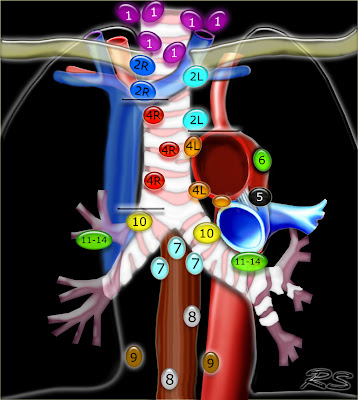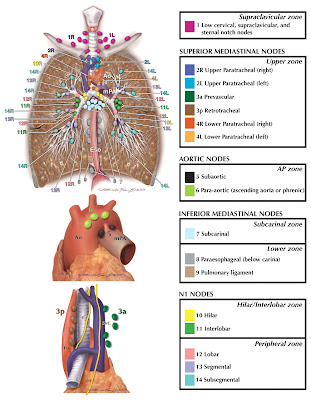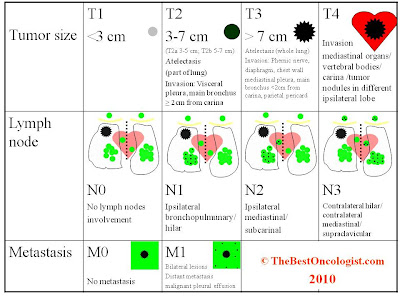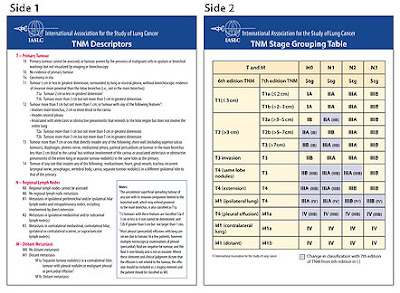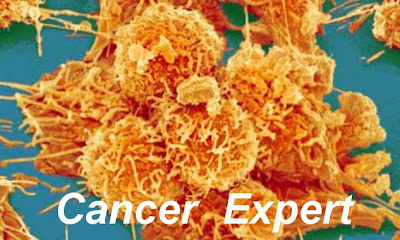Lung Cancer Staging Biography
Source(google.com.pk)
By Elinor Marucci on January 17, 2013 | From stopquitsmoking.info
The lung cancer is one of the most perilous diseases that kill thousands of Americans every year and each year the number of cases are increasing. With the occurrences of lung cancer on the rise, it is essential that we learn about the basic factors leading to lung cancer and what should be the courses of action in case of lung cancer diagnosis. Here are the basic information regarding lung cancer that will help you to understand how and when it develops and how to steer clear of this killer disease.
Lung cancer is that condition of your lungs where an abnormal reproduction of cells takes place. And it can happen in one or both of your lungs. Sometimes lumps of cancerous cells or the tumors invade the organs. Our lungs allow the oxygen from the air to pass into the bloodstream and carbon dioxide to eliminate from the system. Now any kind of lung disease including lung cancer impairs this function of lungs to transfer oxygen into blood and remove carbon dioxide from it. The result is many kinds of disorders relating to breathing trouble and cough.
Do you know what the most dreadful part of the lung cancer is? One rarely comes to suspect that he or she is suffering from lung cancer until it is too late and goes beyond any kind of treatment. This is because, signs and symptoms associated with lung cancer are never acute or alarming until the later stages of malignancy and it is often at this stage when someone starts to experience the typical symptoms of lung cancer. So it is recommended that if you ever experience any symptom even remotely related to lung cancer, rush to the doctor without delay so that in case of diagnosis of lung cancer you can avail the treatments as early as possible. The earlier the disease is diagnosed; greater are the chances of survival.
lung cancer staging Sign Ribbon cells Horoscope Symbol Tattoos Research Zodiac Sign Ribbon Tattoos
|



